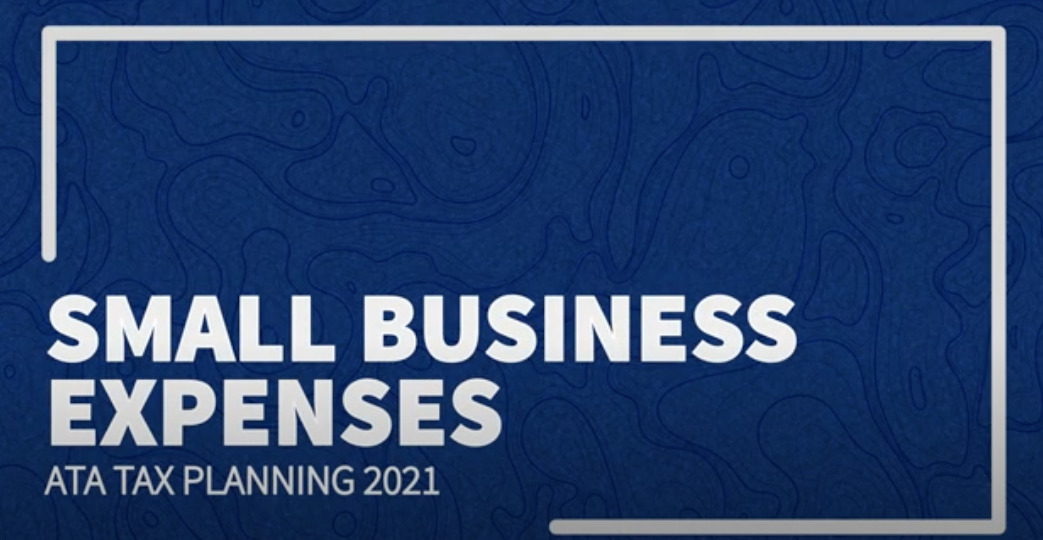Are you feeling generous at year-end? Taxpayers can transfer substantial amounts free of gift taxes to their children or other recipients each year through the proper use of the annual exclusion. The exclusion amount is adjusted for inflation annually, and for 2022, the amount is $16,000. The exclusion covers gifts that an individual makes to each recipient each year. So a taxpayer with three children can transfer a total of $48,000 to the children this year free of federal gift taxes. If the only gifts are made this way during a year, there’s no need to file a federal gift tax return. If annual gifts exceed $16,000, the exclusion covers the first $16,000 and only the excess is taxable.
Note: This discussion isn’t relevant to gifts made to a spouse because they’re gift tax-free under separate marital deduction rules.
Gift splitting by married taxpayers
If you’re married, gifts made during a year can be treated as split between the spouses, even if the cash or asset is actually given to an individual by only one of you. Therefore, by gift splitting, up to $32,000 a year can be transferred to each recipient by a married couple because two exclusions are available. So for example, a married couple with three married children can transfer a total of $192,000 each year to their children and the children’s spouses ($32,000 times six). If gift splitting is involved, both spouses must consent to it. This is indicated on the gift tax return (or returns) of the spouses’ file. (If more than $16,000 is being transferred by a spouse, a gift tax return must be filed, even if the $32,000 exclusion covers total gifts.)
The “present interest” requirement
For a gift to qualify for the annual exclusion, it must be a “present interest” gift, meaning the recipient’s enjoyment of the gift can’t be postponed to the future. For example, let’s say you put cash into a trust and provide that your adult child is to receive income from it while your child is alive and your grandchild is to receive the principal at your child’s death. Your grandchild’s interest is a “future interest.” Special valuation tables determine the value of the separate interests you set up for each recipient. The gift of the income interest qualifies for the annual exclusion because the enjoyment of it isn’t deferred, so the first $16,000 of its total value won’t be taxed. However, the “remainder” interest is a taxable gift in its entirety. If the gift recipient is a minor and the terms of the trust provide that the income may be spent by or for the minor before he or she reaches age 21 and that any amount left is to go to the minor at age 21, then the annual exclusion is available. The present interest rule won’t apply.
“Unified” credit for taxable gifts
Even gifts that aren’t covered by the exclusion, and are therefore taxable, may not result in a tax liability. That’s because a tax credit wipes out the federal gift tax liability on the first taxable gifts that you make in your lifetime, up to $12.06 million for 2022. However, to the extent you use this credit against a gift tax liability, it reduces or eliminates the credit available for use against the federal estate tax at your death.
Contact your ATA representative if you are interested in making year-end gifts to your loved ones or if you have any questions about tax planning.


